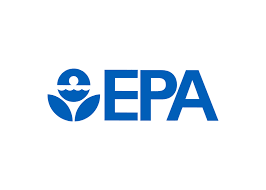States Step In On PFAS Drinking Water Regulations
By Benjamin Dario | The National Law Review | May 5, 2025

Read the full article by Benjamin Dario (The National Law Review)
"Since taking office In January 2025, the Trump Administration has been swift in its mission to rollback regulations across the federal government. These environmental rollbacks by the Trump EPA have been described by the agency itself as “the biggest deregulatory action in U.S. history.” Despite these rollbacks, one program that has not been cut is the EPA’s monitoring of public drinking water systems for over 30 types of PFAS substances. The first report from the Trump Administration EPA reflecting this monitoring showed that more than 37 million American rely on drinking water from water systems that exceed current federally regulated limits on PFAS. With the rapid rollbacks taking place across the federal government showing no signs of decelerating, many environmental groups have expressed concern that regulations safeguarding against PFAS contamination could soon be weakened or overturned. As a result of the unclear future of federal regulation, as well as the prevalence of PFAS in drinking water, many states have taken it upon themselves to strengthen their PFAS laws to protect their waterways.
Current PFAS Drinking Water Rule:
In April of 2024 the EPA finalized the PFAS National Primary Drinking Water Regulation under the Safe Drinking Water Act. The regulation is the first of its kind in the United States to place a national limit on the amount of PFAS allowed in drinking water to be considered safe for consumption. The regulation is to require public water utilities to test for 6 different types of PFAS chemicals, aiming to reduce PFAS exposure to 100 million people. To ensure compliance with the new regulation, the EPA plans to make available $1 billion to states and territories implementing PFAS testing and treatment. The EPA is to allow operators to have 2 years to test for PFAS pollution and an additional 2 years to implement the technology to treat the contaminated water. EPA estimates indicate that of the 66,000 public water utility systems to be impacted by the standard, roughly 6-10% of them will need to take action to comply with the new regulations. The EPA’s PFAS drinking water standards must be met by January of 2029."
Location:
Topics: